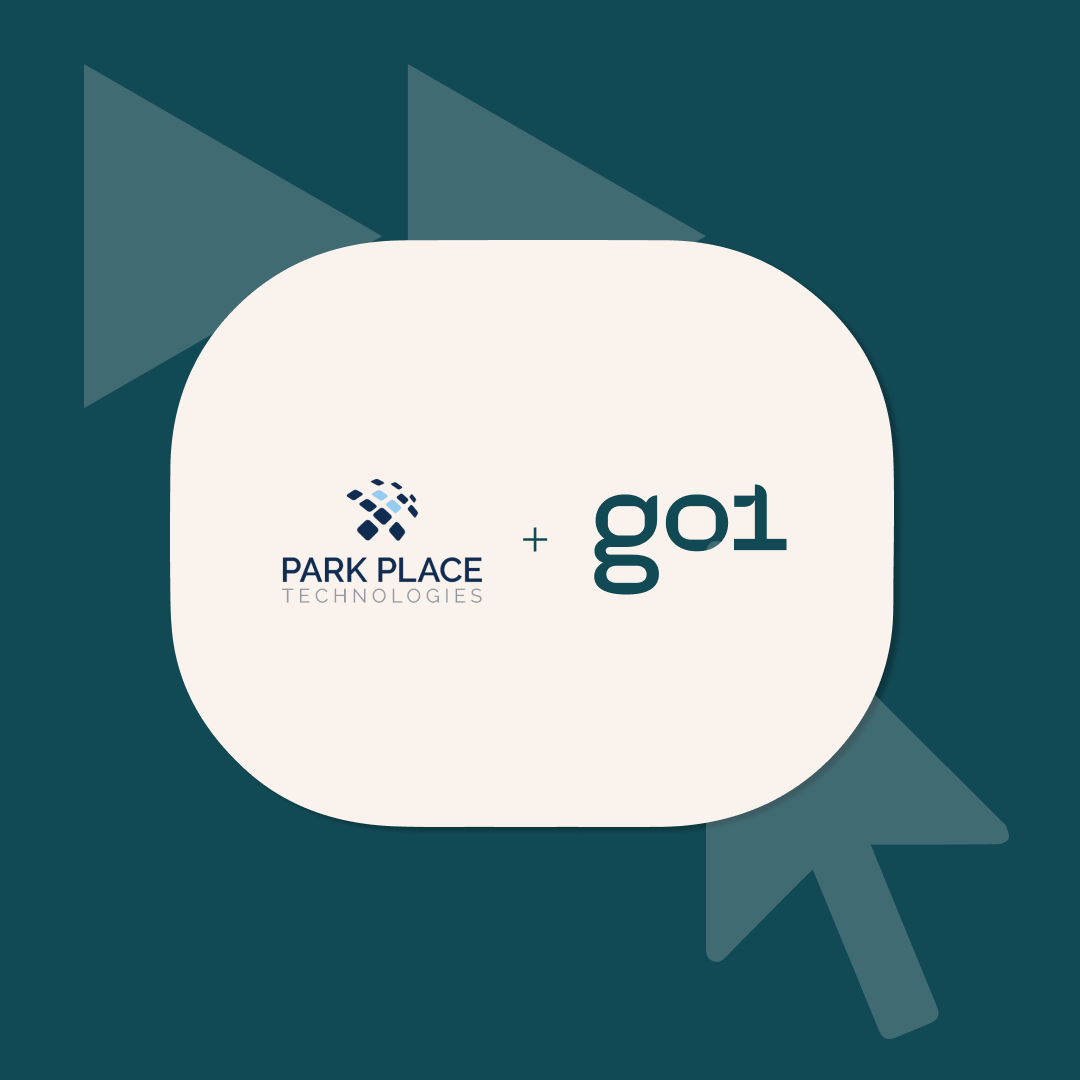
Curating content with meaning and impact with Shannon Tipton

… What if the content you shared with your people helped them to be smarter, better, faster?
… What if people had access to expertise at their fingertips?
… What if the business saw L&D for what it is - problem solvers, growing efficiencies, and helping people to get unstuck?
In a recent webinar, Learning Architect Shannon Tipton explored these very questions, sharing expert insights into how L&D professionals can build their curation skills. Ready to move beyond simple aggregation to quality and impactful sharing?
Check out some of the key takeaways below.
Why is curation an important skill?
Today’s modern learner is overwhelmed, distracted, and impatient. They want learning content that is relevant, focused and succinct, timely, mobile, and engaging. Unfortunately, 41% of their time is spent merely trying to find the right content … yep, 41%!
So, what does that say about your curation efforts, and how can you be helpful?
According to Shannon, putting your curation efforts together in an organized effort encourages collaboration and communication, a growth mindset, and most importantly, it encourages a level of learning curiosity that will extend itself outward to your organization.
How do you know good content when you see it?
People within organizations want to be able to access information that will allow them to learn, grow and improve overall skills - making them smarter, better, faster than the day before. The issue for organizations is that there is an overabundance of information. The ability to filter out quality training content is an ever-growing issue. Shannon explains the important difference between aggregation and curation below.
Have a call to action
The point of curating information is for people to be able to take action. This provides employees with the motivation and direction they need to complete the learning, and continue to improve their overall skills within the organization.
The importance of knowing your audience - communication is key
“What if the focus shifted from: look, here's something interesting to, look, here's something incredibly useful.”
Knowing your audience and segmenting where you're sending your content to is a critical part of any curation strategy. As Shannon explains, when communicating with key stakeholders, the communication piece that goes out them needs to be compelling enough to hook them in and help them break away from any previous biases they have.
The struggle of modern L&D is not getting people to train, it's about giving them effective learning solutions that cut through the noise. To be able to do so, understanding content curation for workplace training and the benefits it can bring to your organization is key.
Keen to watch the full webinar? Catch up on the recording here.
You may also be interested in the following articles:



